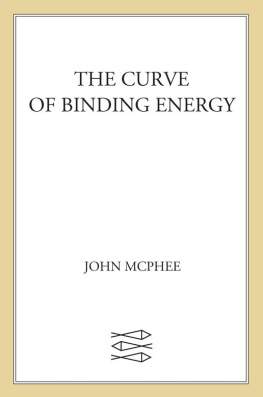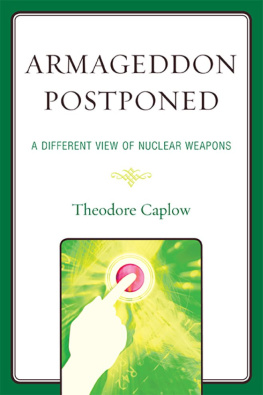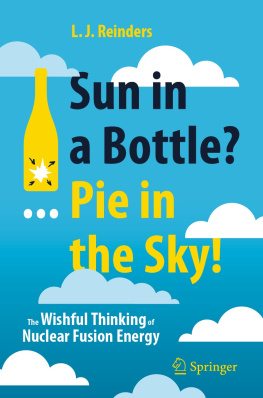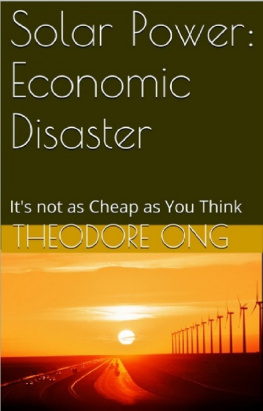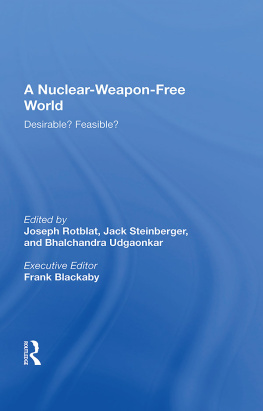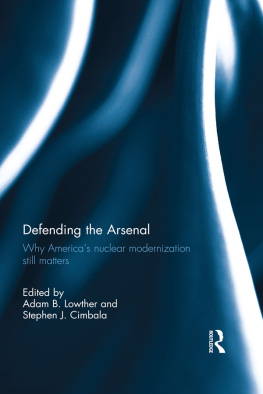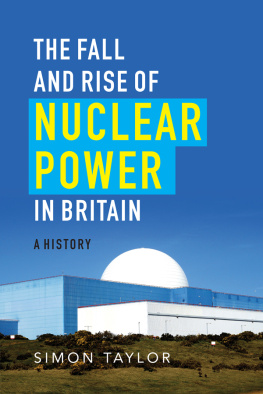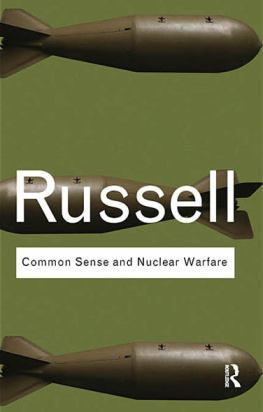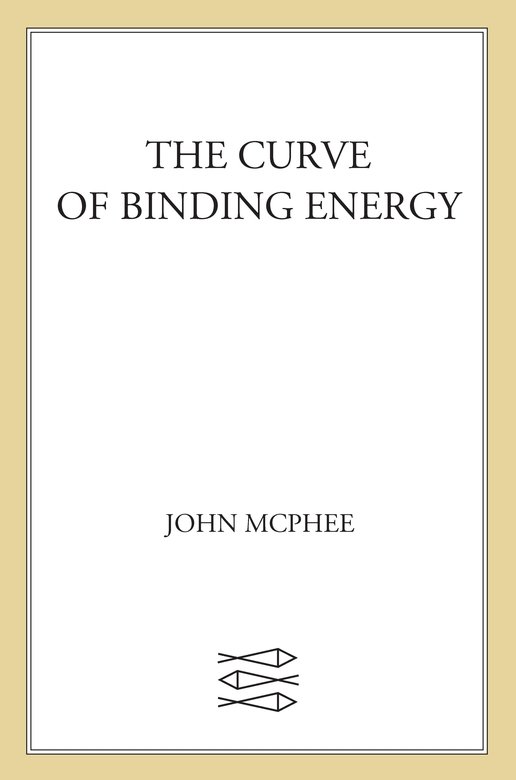T O many people who have participated professionally in the advancement of the nuclear age, it seems not just possible but more and more apparent that nuclear explosions will again take place in cities. It seems to them likely, almost beyond quibbling, that more nations now have nuclear bombs than the six that have tested them, for it is hardly necessary to test a bomb in order to make one. There is also no particular reason the maker need be a nation. Smaller units could do itgroups of people with a common purpose or a common enemy. Just how few people could achieve the fabrication of an atomic bomb on their own is a question on which opinion divides, but there are physicistswith experience in the weapons field who believe that the job could be done by one person, working alone, with nuclear material stolen from private industry.
What will happen when the explosions comewhen a part of New York or Cairo or Adelaide has been hollowed out by a device in the kiloton range? Since even a so-called fizzle yield could kill a number of thousands of people, how many nuclear detonations can the world tolerate?
Answersagain from professional peoplevary, but many will say that while there is necessarily a limit to the amount of nuclear destruction society can tolerate, the limit is certainly not zero. Remarks by, for example, contemporary chemists, physicists, and engineers go like this (the segments of dialogue are assembled but not invented):
I think we have to live with the expectation that once every four or five years a nuclear explosion will take place and kill a lot of people.
What we are taking with the nuclear industry is a calculated risk.
It is simply a new fact of existence that this risk will exist. The problem cant be solved. But it can be alleviated.
Bomb damage is vastly exaggerated.
What fraction of a society has to be knocked out to make it collapse? We have some benchmarks. None collapsed in the Second World War.
The largest bomb that has ever been exploded anywhere was sixty megatons, and that is one-thousandth the force of an earthquake, one-thousandth the force of a hurricane. We have lived with earthquakes and hurricanes for a long time.
It is often assumed true that a full-blown nuclear war would be the end of life on earth. That is far from the truth. To end life on earth would take at least a thousand times the total yield of all the nuclear explosives existing in the world, and probably a lot more.
After a bomb goes off, and the fire ends, quiet descends again, and life continues.
We continue in the direction were going, and take every precaution, or we go backward and outlaw the atom. I think the latter is a frivolous point of view. Man has never taken such a backward step. In the fourteenth century, people must have been against gunpowder, and people today might well say they were right. But you dont move backward.
At the start of the First World War, the high-explosive shell was described as the ultimate weapon. It was said that the war could not last more than two weeks. Then they discovered dirt. They found they could get away from the high-explosive shell in trenches. When hijackers start holding up whole nations and exploding nuclear bombs, we must again discover dirt. We can live with these bombs. The power of dirt will be reexploited.
There is an intensity that society can tolerate. Thismeans that x number could die with y frequency in nuclear blasts and society would absorb it. This is really true. Ten x and ten y might go beyond the intensity limit.
I can imagine a rash of these things happening. I can imaginein the worst situationhundreds of explosions a year.
I see no way of anything happening where the rubric of society would collapse, where the majority of the human race would just curl up its toes and not care what happens after that. The collective human spirit is more powerful than all the bombs we have. Even if quite a few nuclear explosions go off and they become part of our existence, civilization wont collapse. We will adapt. We will go on. But the whole thing is so unpleasant. It is worth moving mountains, if we have to, to avoid it.
A homemade nuclear bomb would be a six-by-six-foot monster. It would take cranes to lift it. Youre not going to get a sophisticated little thing that fits into a desk drawer.
No. But you could get something that would fit under the hood of a Volkswagen.
If it is possible to build such a device, the situation will come up. We just should be prepared for it, and not sit around wringing our hands. You cant solve this problem emotionally. No. 1: This is a hazard. No. 2: The strictest practicable measures have to be taken to prevent it.
We have to ask ourselves, What are we spending our money on, and what are we getting out of it? I dont believe we can protect ourselves against every bogeyman in the closet. I think we have to take the calculated risk.
Some years ago, Theodore B. Taylor, who is a theoretical physicist, began to worry full time about this subject. He developed a sense of urgency that is shared by only a small proportion of other professionals in the nuclear world, where the general attitude seems to be that there is little to worry about, for almost no one could successfully make a nuclear bomb without retracing the Manhattan Project. Taylor completely disagrees. In the course of a series of travels I made with him to nuclear installations around the United States, he showed me how comparatively easy it would be to steal nuclear material and, step by step, make it into a bomb. Without revealing anything that is not readily available in print, he earnestly wishes to demonstrate to the public that the problem is immediate. His sense of urgency is enhanced by the knowledge that the nuclear-power industry has entered an era of considerable growth, and for every kilogram of weapons-grade nuclear material that exists now hundreds will exist in the not distant future. To give substance to his allegations, he feels he must go into ample detailnot enough to offer an exact blueprint to anyone, to cross any existing line of secrecy, or to assist criminals who have the requisite training by telling them anything they couldnot find out on their own, but enough to make clear beyond question what could happen.
The source and the reach of his worry result from his own experience. He knows how to do what he fears will be done. Peers and superiors considered him stellar at it once, and used that word to describe him. When he was in his twenties and early thirties, he worked in the Theoretical Division at Los Alamos Scientific Laboratory, where he was a conceptual designer of nuclear bombs. He designed Davy Crockett, which in its time was the lightest and smallest fission bomb ever made. It weighed less than fifty pounds. He designed Hamlet, which, of all things, was the most efficient fission bomb ever made in the kiloton range. And he designed the Super Oralloy Bomb, the largest-yield fission bomb that has ever been exploded anywhere.

